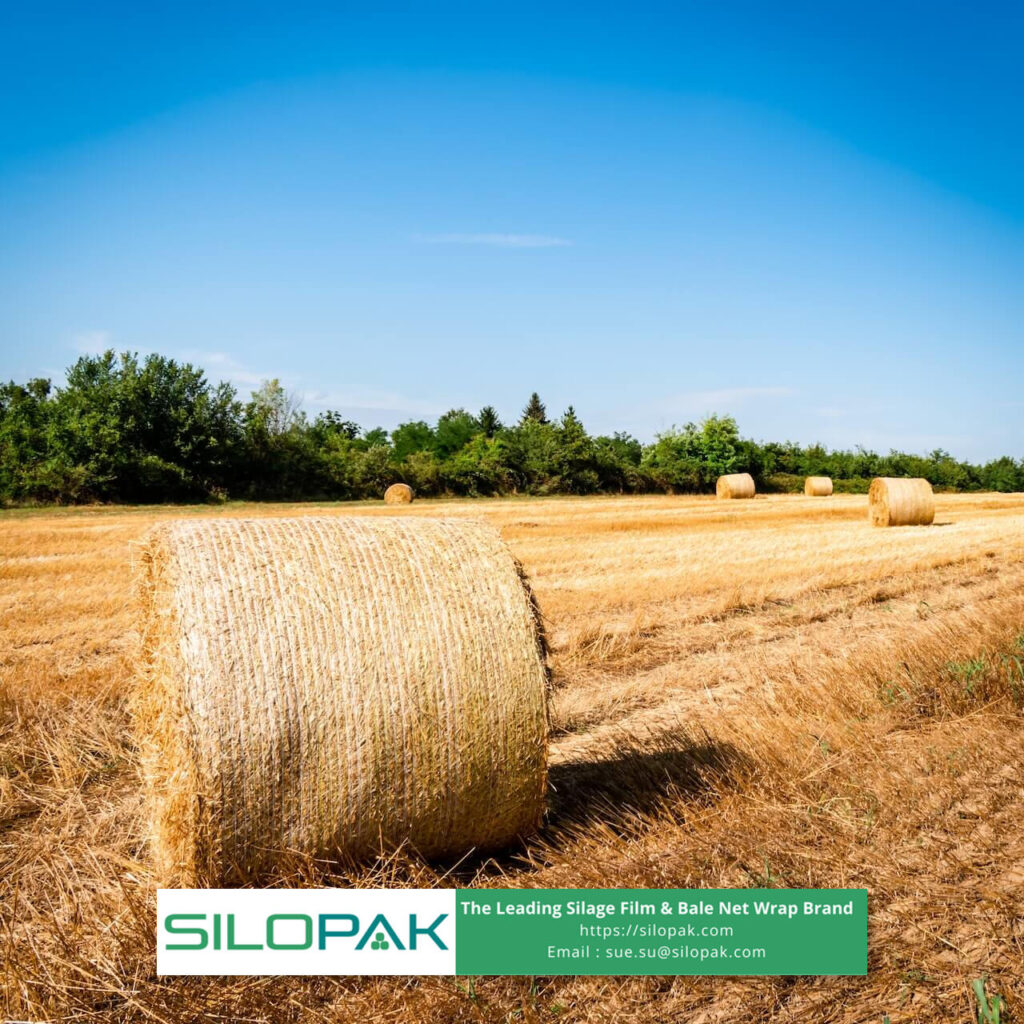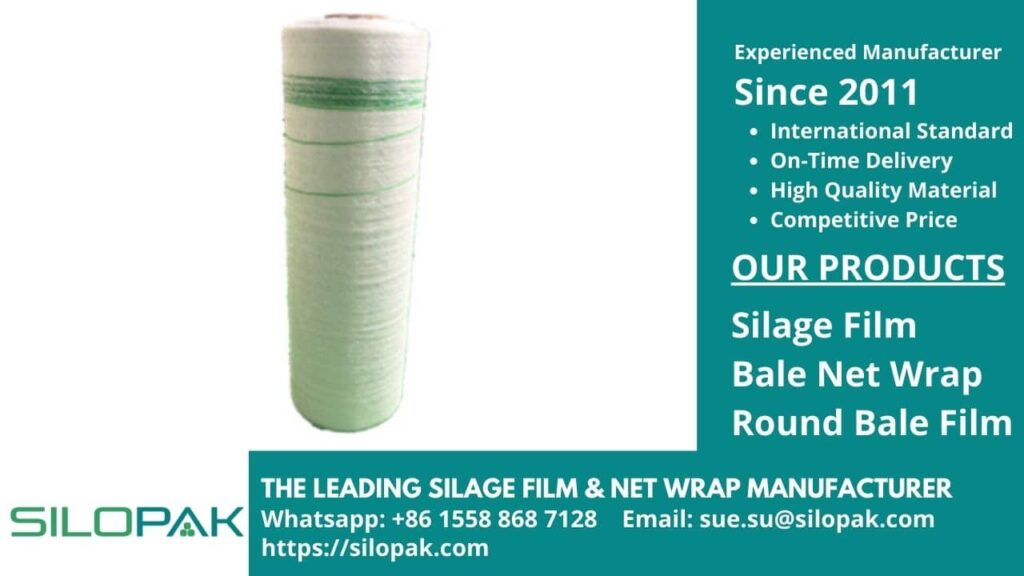
Grass is an abundant material around us as straw for various purposes. Breeders use grass straw as animal feed for extreme seasons such as winter and summer. Then the question arises, why do farmers often make straw bales from grass even though grass is abundant around us? Don’t we just have to take them out in the field when it’s time to feed them or let the goats graze?
contents
Why We Need Grass Straw Bales
Well, it turns out it’s not easy to get livestock to graze in the heat. They will easily become dehydrated and this can be very risky for their health. Meanwhile, when the ice reaches a certain thickness in extreme winter, animals will not get enough food because all the grass is frozen. So, this is the time for breeders to give feed that they have preserved for the past 6 to 12 months, such as bales of grass straw, to their livestock.
Then on the ordinary days when the weather is fine they might give high fescue to their beef cattle. This cool season grass is quite widely available in areas with temperate climates where rainfall is high. Meanwhile, in areas with warmer conditions that tend to dry out during the summer, many warm season grasses such as Bermuda grass grow. You can make this grass into grass straw bales for winter supplies.
The advantage of this summer grass is that it doesn’t carry fungus with it. It’s very different from high fescue that often carries a type of fungus and lives in collaboration with grass but on the other hand has the potential to emit chemicals that are toxic to livestock. So, to get quality animal feed from the grass straw bales that we make, we can at least focus on two things. The appropriate type of grass and the quality of the plastic wrapping film you use when storing the bales.
Type of Grass Straw to Bale

There are so many grass straws that you can use to make bales. Some of them may be grass that is near your farm without you knowing what type it is. From now on you need to learn about the types of grass to make it easier for you when baling. Maybe the types of grass below are in the grass family that makes your livestock eat with gusto.
Fescue
Fescue grass straw is quite popular among dairy farmers. Straw with rough stalks from the perennial grass fescue will be climate tolerant, resistant to cold, heat, and drought. This grass is also very suitable for areas that experience hot and cold seasons because of its tolerance properties.
The high fescue plant itself is a grass with a growth pattern that forms bunches which is low maintenance and you don’t need to pull the bunches often. This grass also requires less fertilizer than other cool season grasses because its roots run so deep that it is good at getting nutrients from the soil.
Orchard Grass
Almost all countries have orchard grass which is a perennial grass or cool season grass that always forms clumps without rhizomes. The branches on the flower stalk are relatively few and spread out with the flowers like dense spikelets. This garden grass usually appears bluish green or grayish in color with flower clusters reach 8 inches long.
The flowering stems can reach 4 feet in height so people often use them as material for making bales as well. Orchard grass straw, which is a fiber with coarser stems, can be a filler or feed material that can compete in the export market.
Rye Grass
Ryegrass falls into the category of annuals or perennial plants. This plant has tassels reaching a height of around 1 meter. So, people often use ryegrass to control erosion because its roots spread widely with dark green rough leaves and flowers grow on flower stems. Then people used to wrap ryegrass after harvesting the seeds. They make rye grass straw bales that have high crude fiber content but are cheap for daily animal feed.
Plastic Film for Grass Straw
Wrapping relatively dry round bales of grass straw using plastic film can erode the plant’s oxygen supply, stop breathing, and preserve straw fermentation. As many as seven layers of plastic film will wrap the grass straw bales with the help of a baler wrapper machine.
When the bales of grass straw form a package bigger straw, then loss of dry matter, increased nutrition value, and heating problems in the silage can occur. The moisture concentration that often occurs in drier silage bales is between 50% and 60%. Meanwhile, you can still reduce the humidity concentration to 30% or 35%. This can be very effective to big bales of straw or hay that are very weak against spontaneous heating.
If the straw bales become vulnerable, it can usually result in loss of dry matter, poorer nutritional value, and even spontaneous combustion. Then you must use a colored plastic film product such as black or green to limit air or oxygen access into the bales. So where can you find safe plastic film to wrap grass straw?
You can find quality plastic film from Silopak. We are a trusted manufacturer of plastic film and net wrap from China which has been operating since 2011. Many companies and private customers from abroad are looking for all of our products every single year. They have proven for themselves that the plastic film from the Silopak brand is very strong, durable for more than 18 months, heat resistant, and can ward off any bad weather.
Whatever baler wrapper machines you use, our products can always be a good help. Don’t worry if you are new in having a baler wrapper because it’s so easy to use our plastic film products to bale any hay or straw. So, do contact us to drop your first order now and we can make your wish to have quality bales of grass straw come true.

